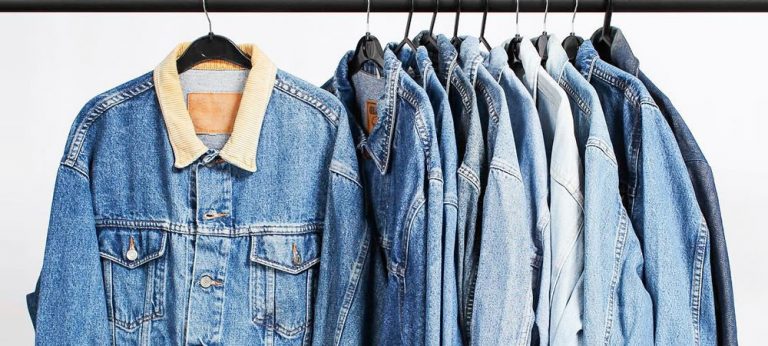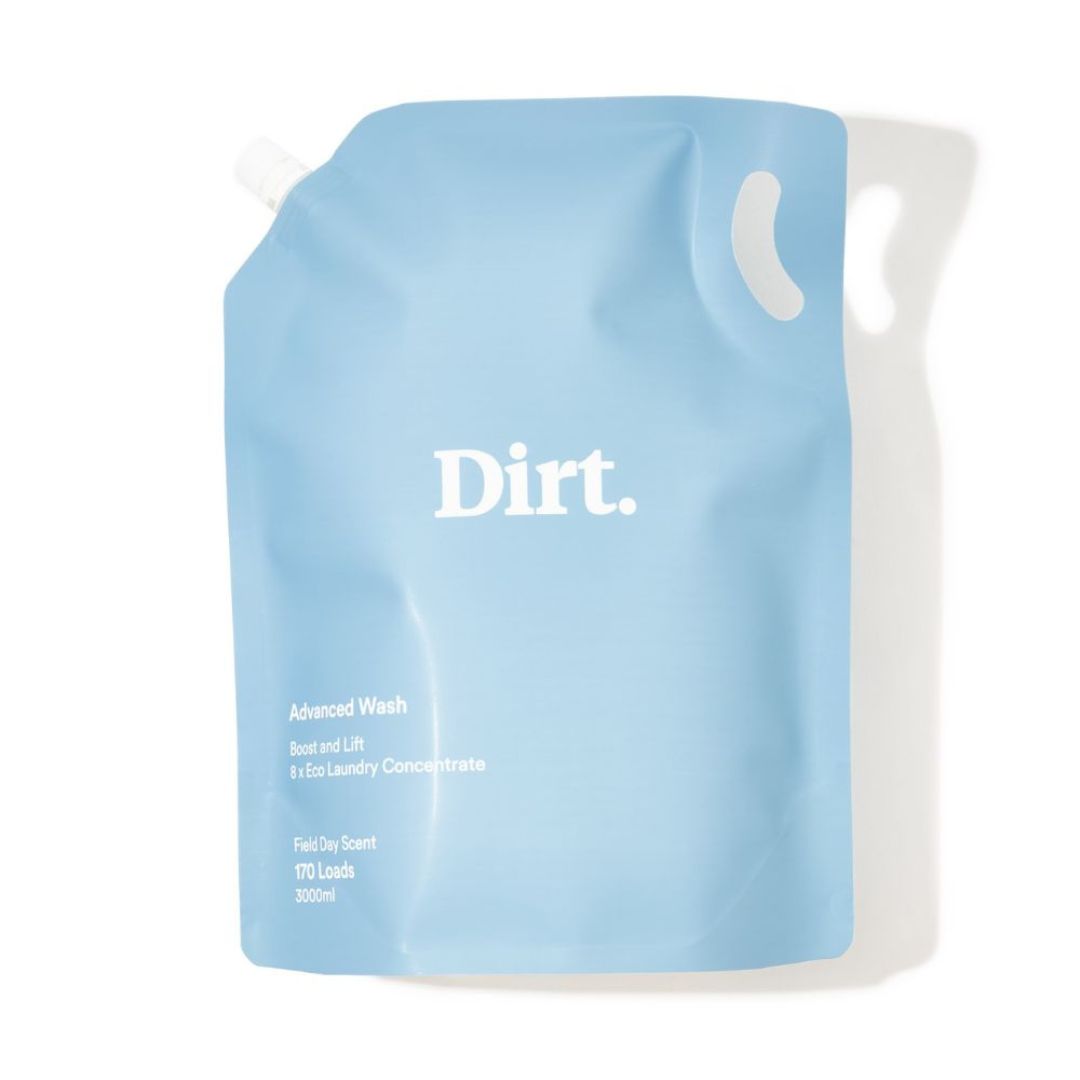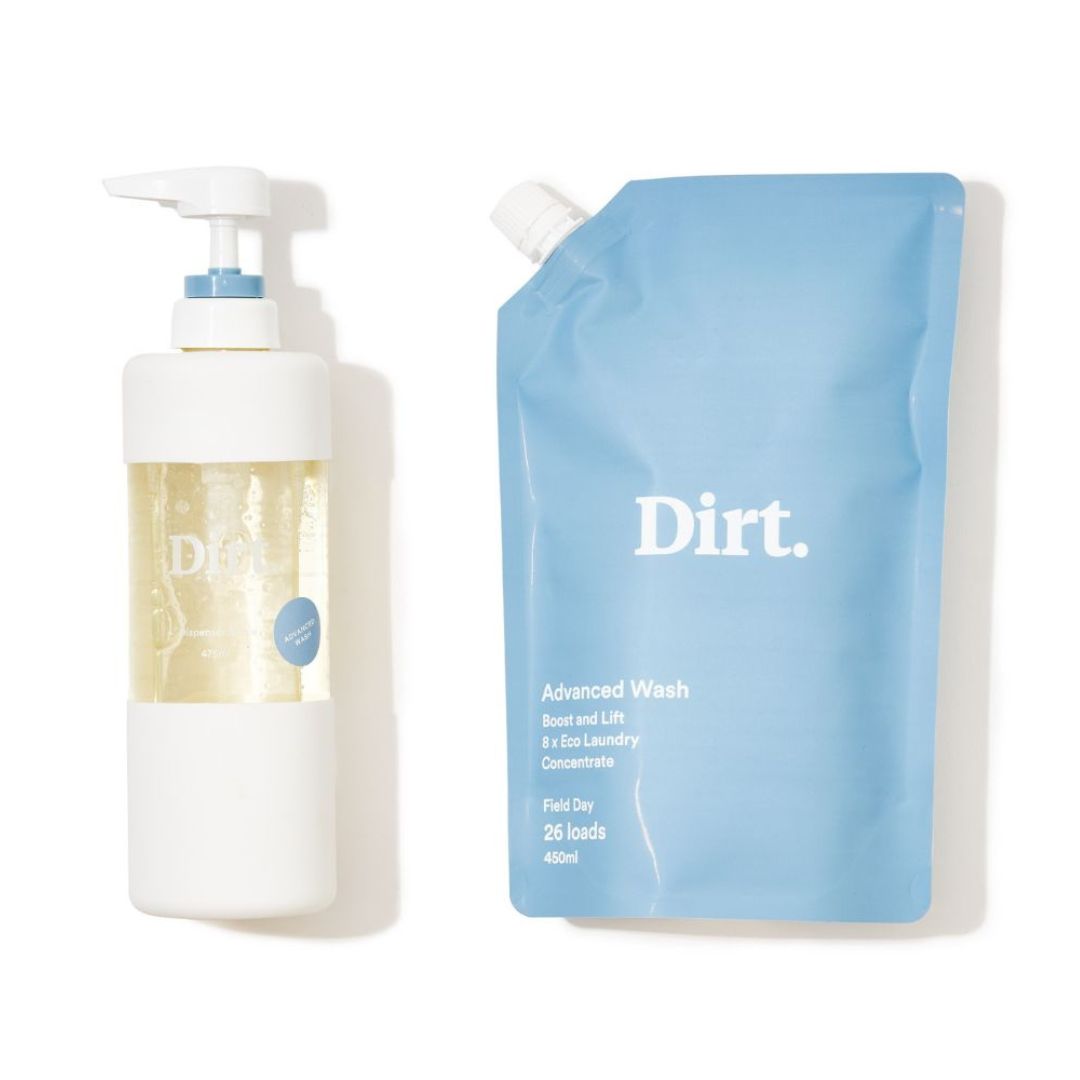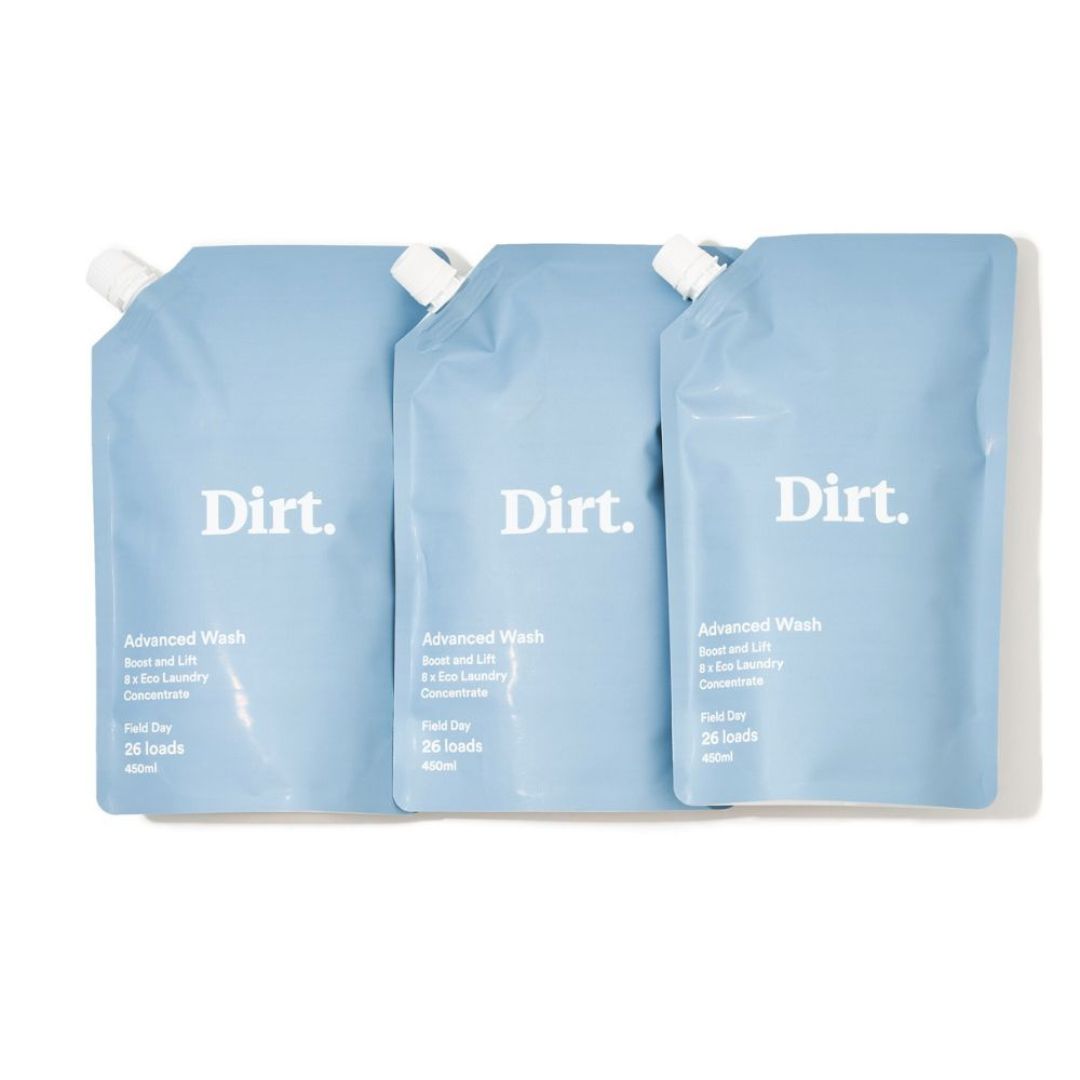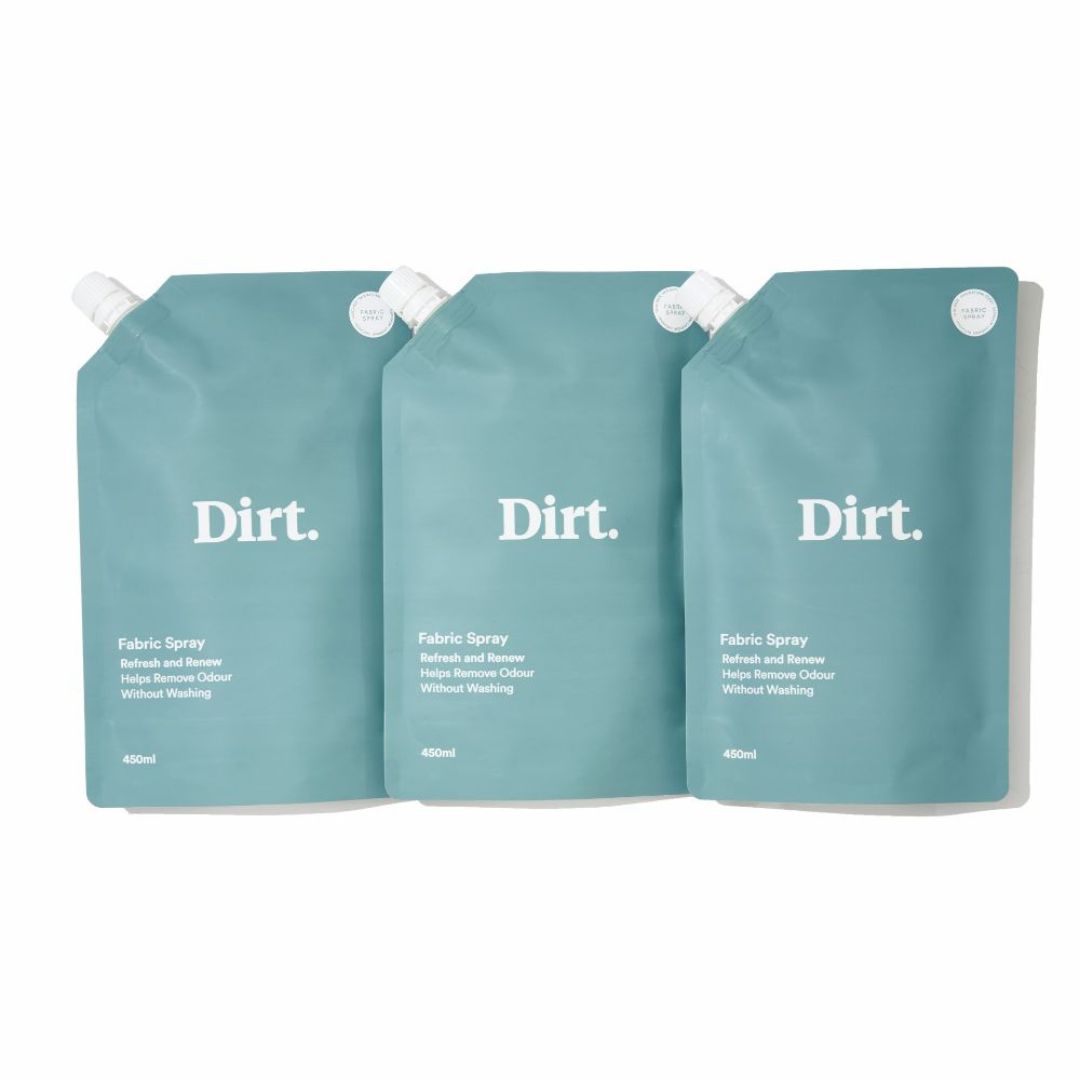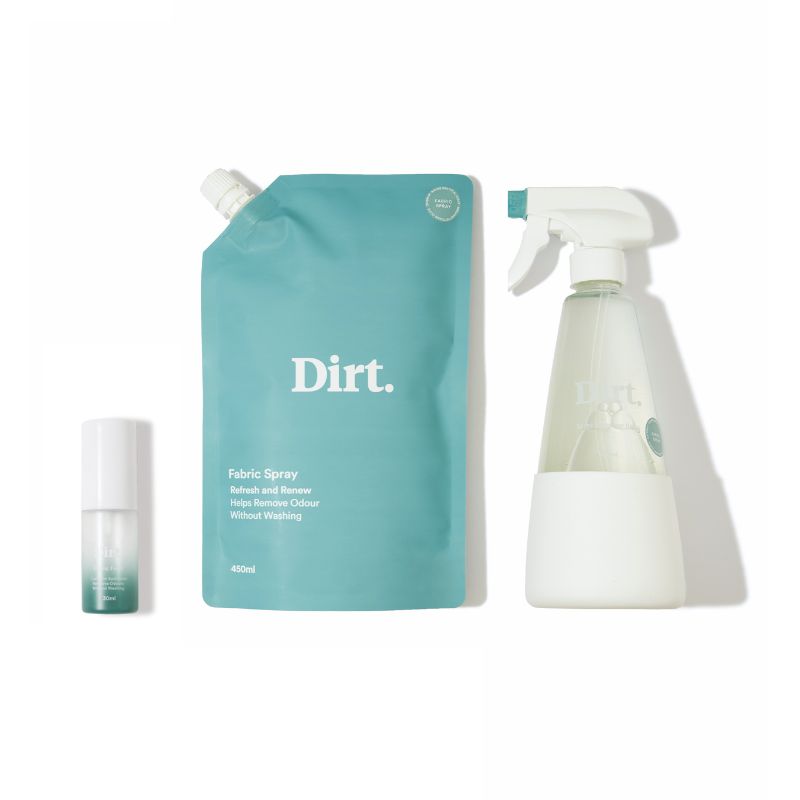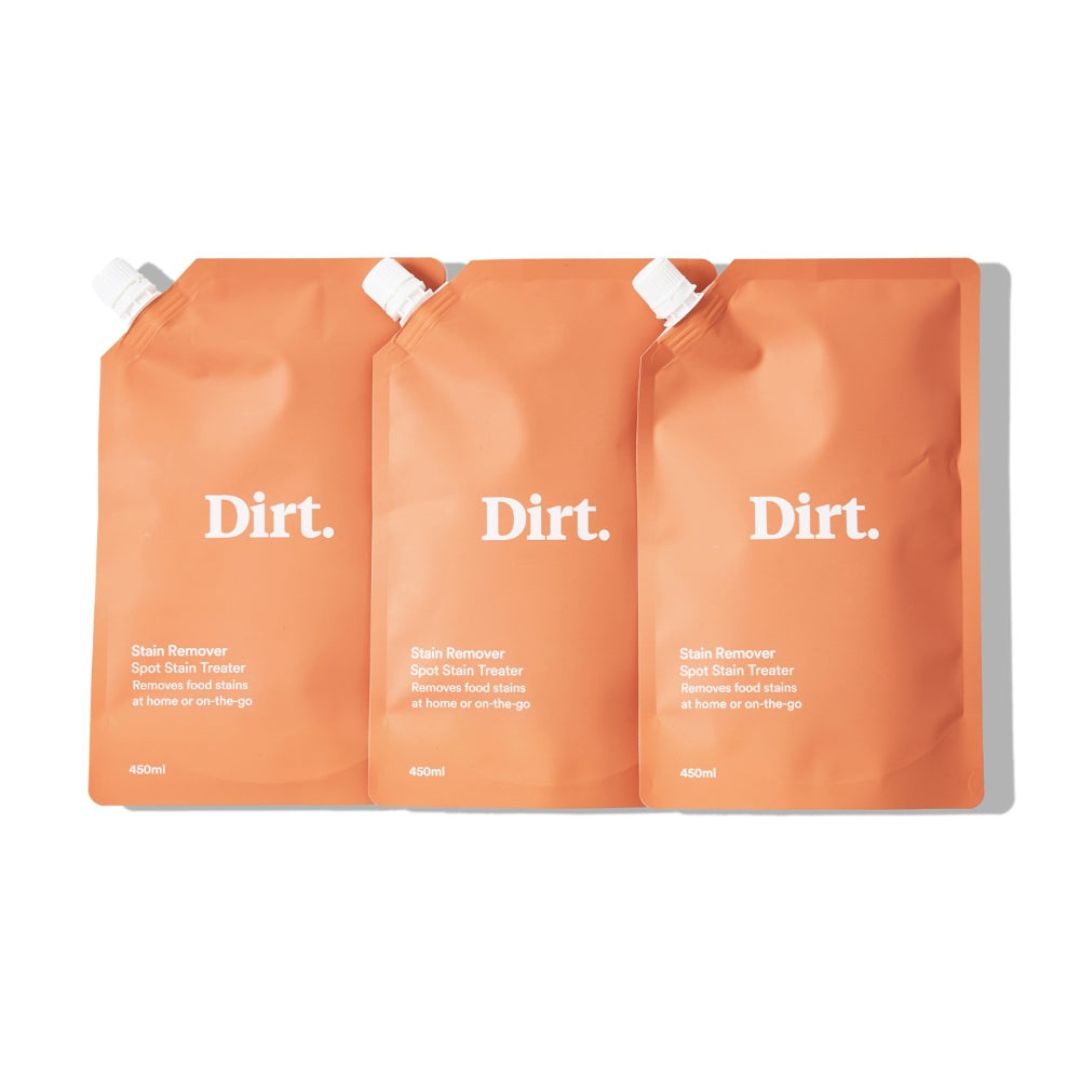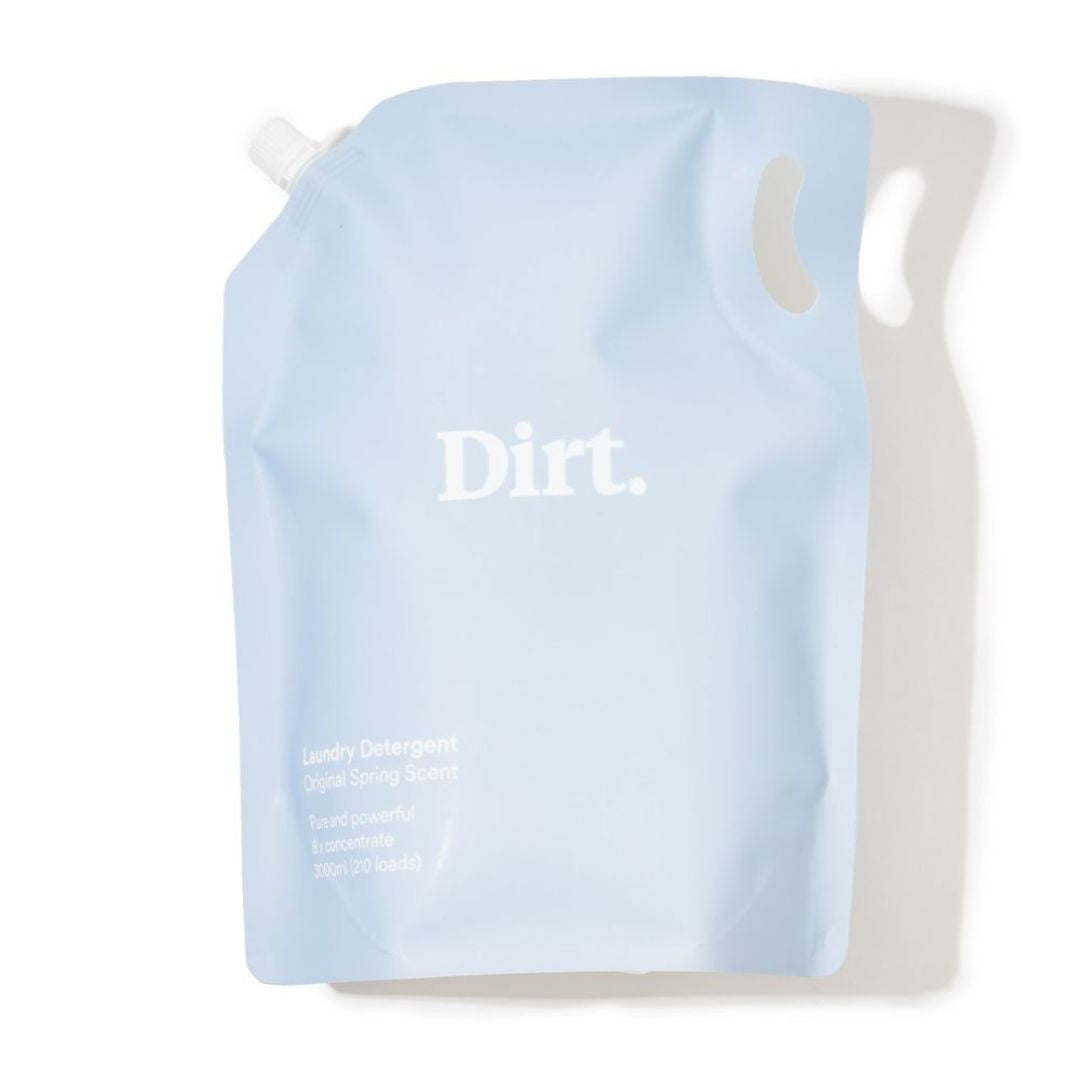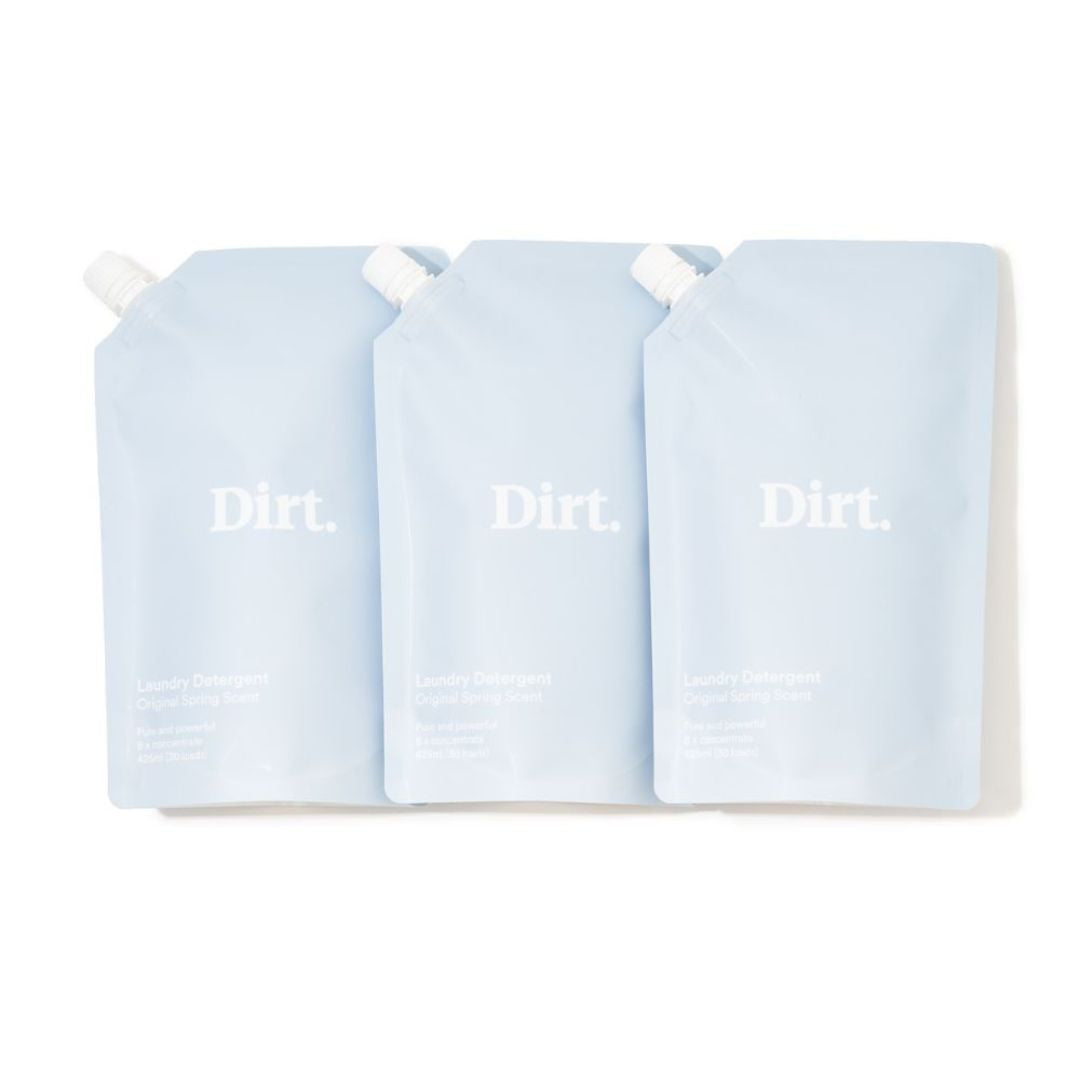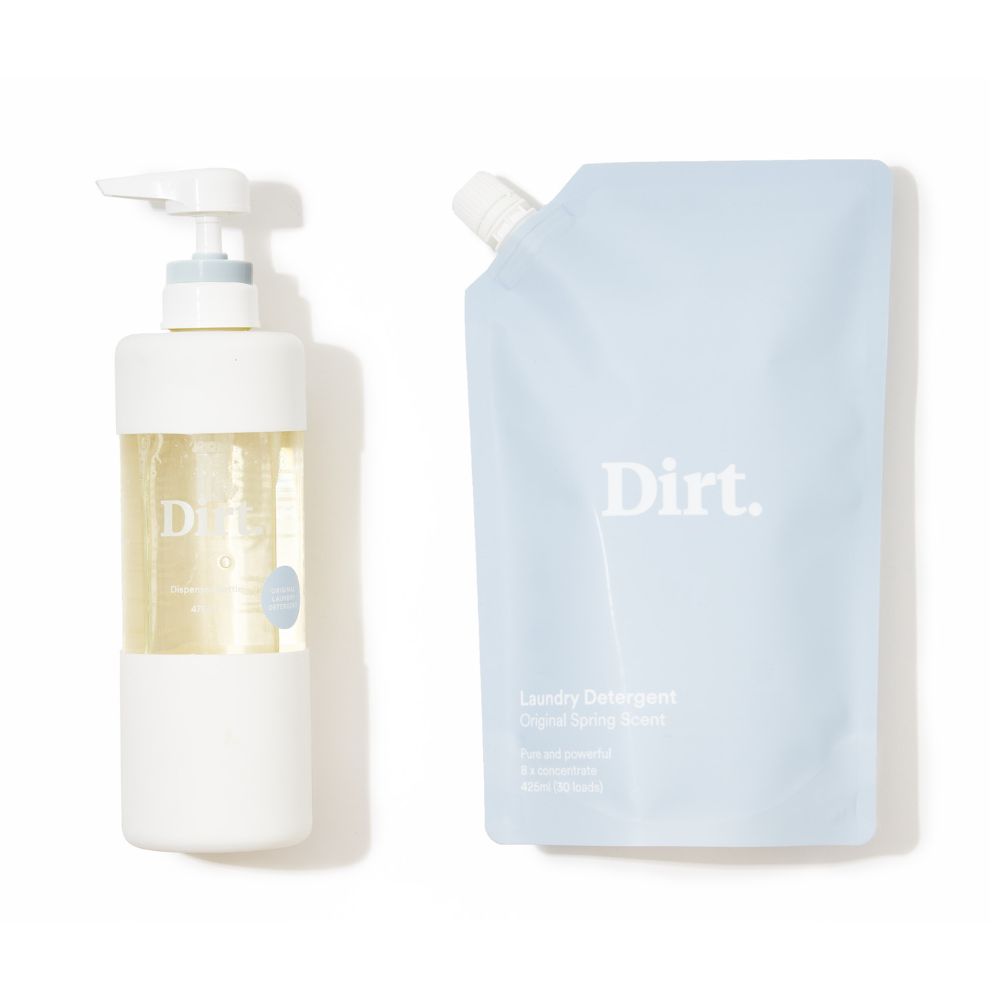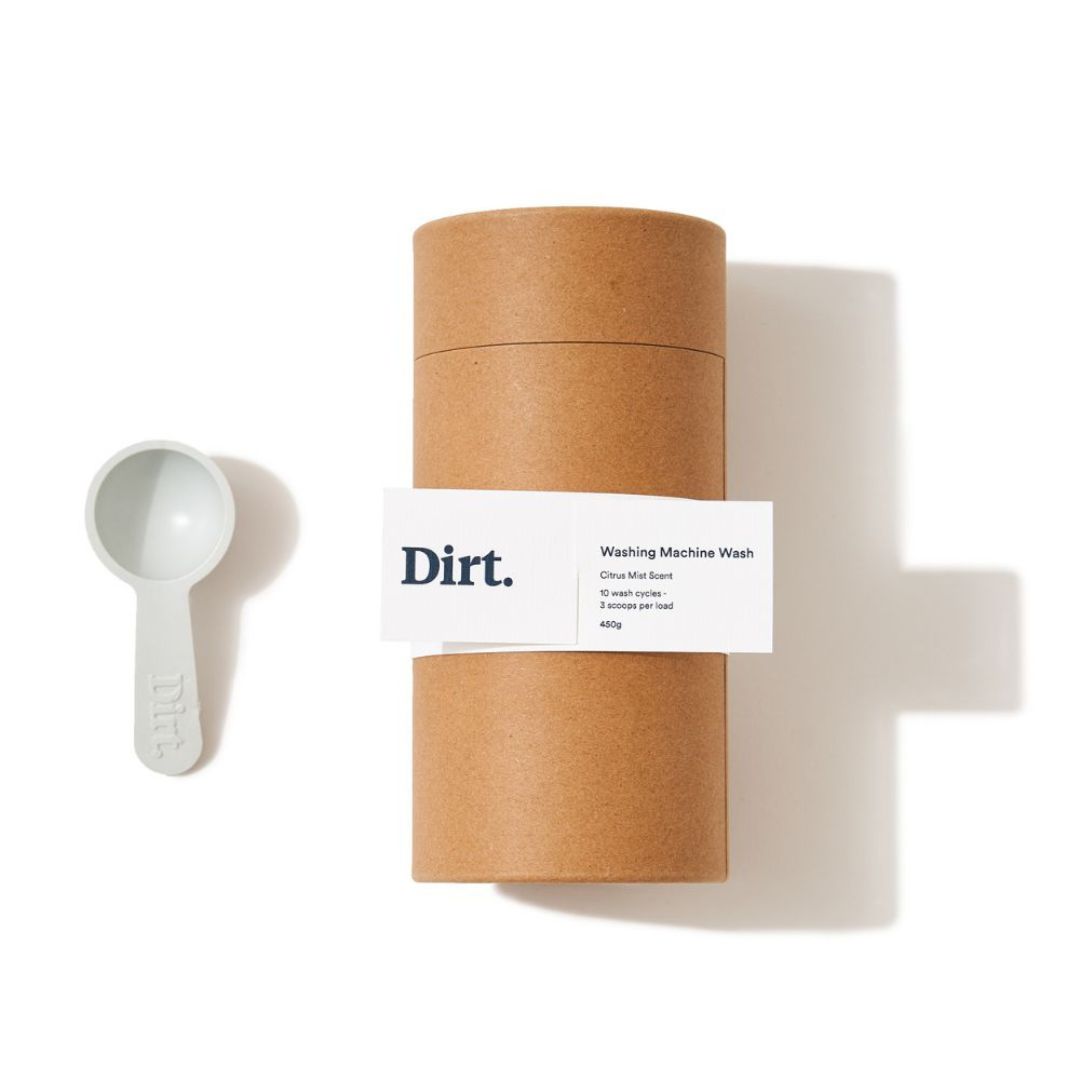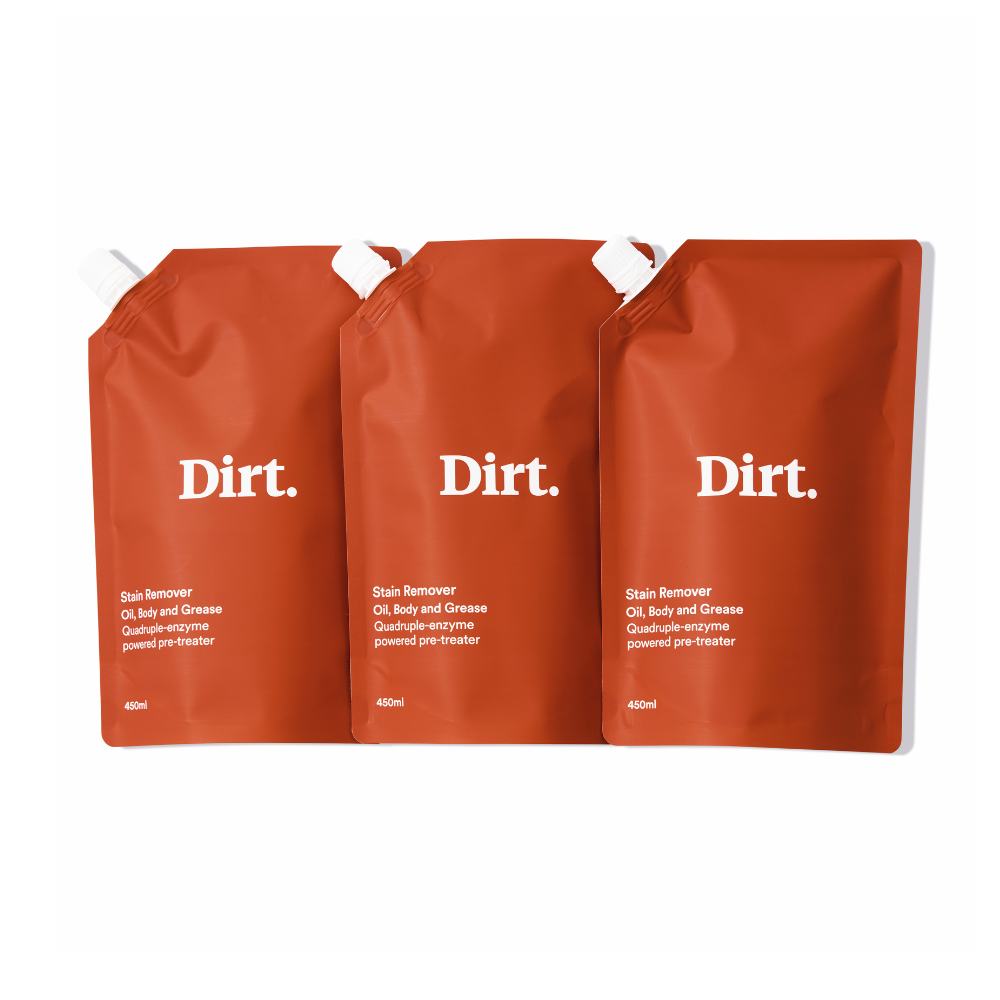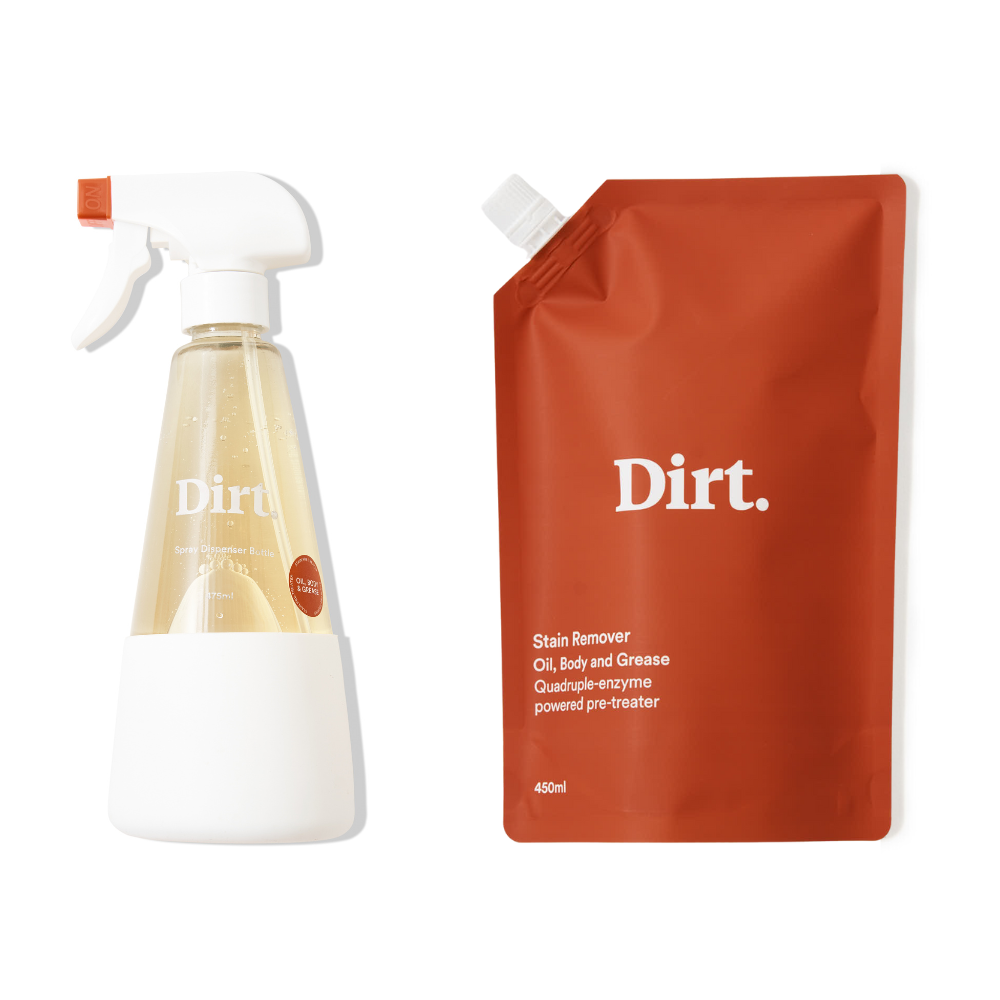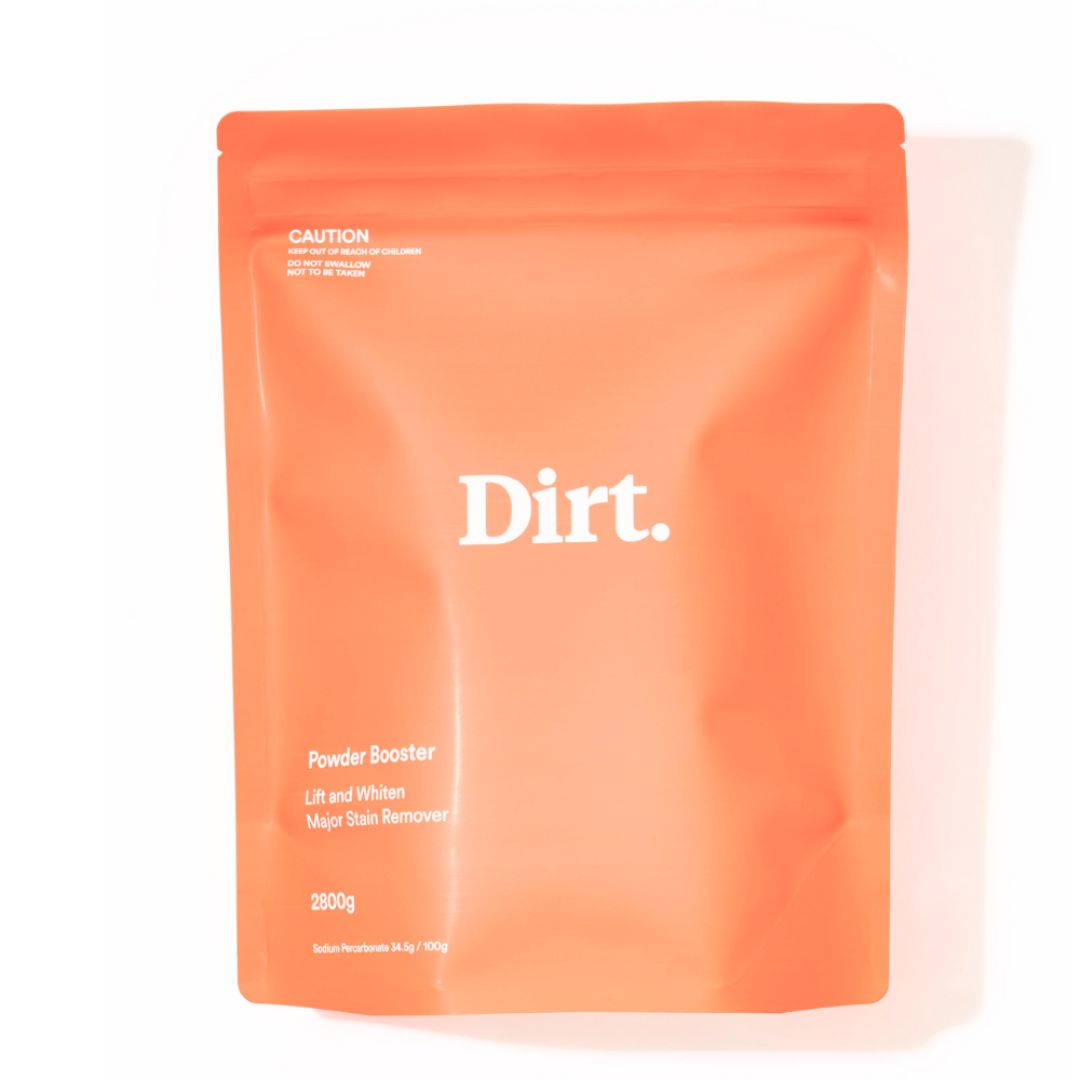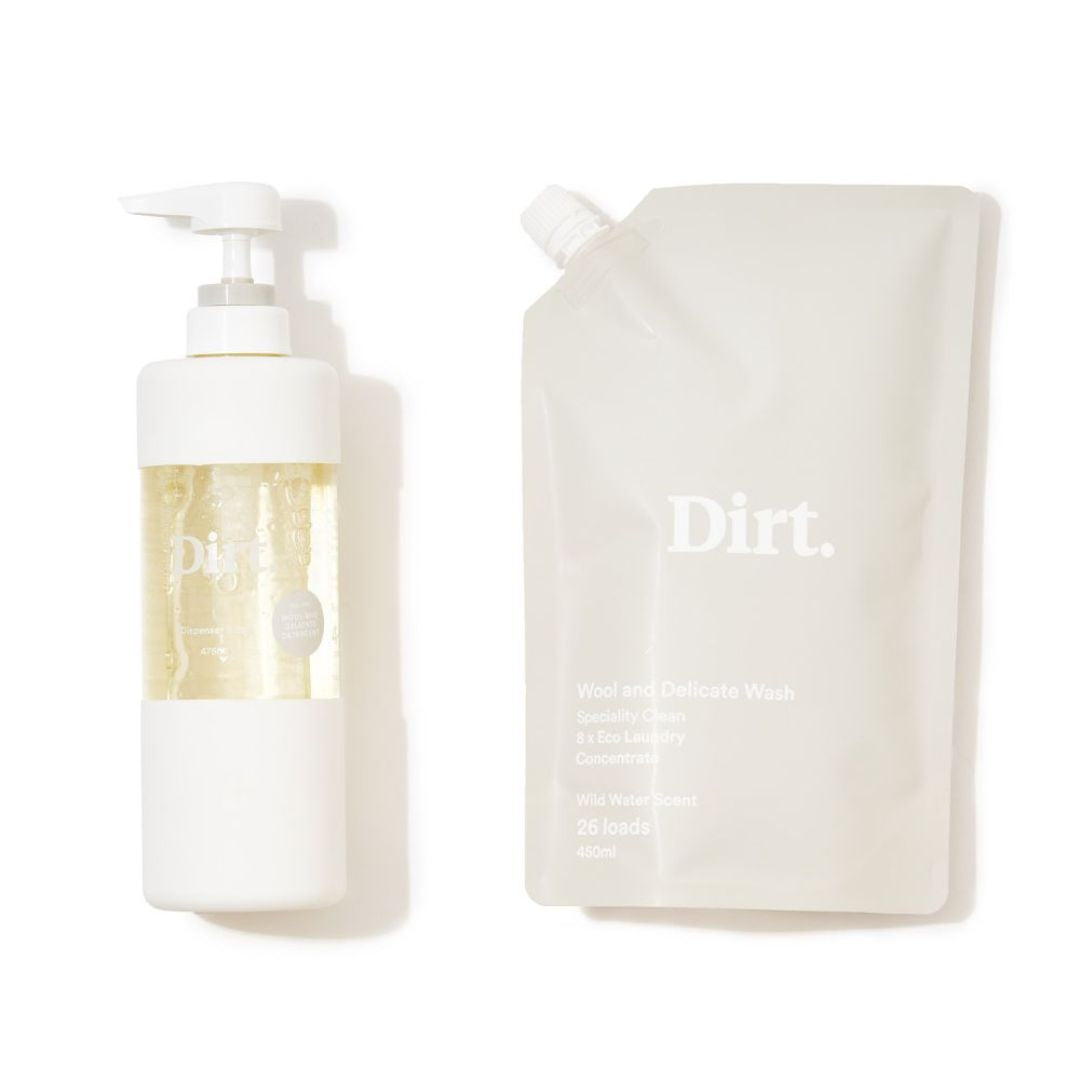Have you ever heard of Second Hand September?
It’s an Oxfam led initiative in which we’re encouraged to take the pledge to shop in a greener light and rethink our shopping habits. The challenge is to say no to new clothes for 30 days to reduce our impact on the earth.
However, as we all become more aware of how our fashion choices have a lasting effect on the earth, this attitude of course should not be limited to one month only. Being a conscious shopper and thinking about the planet should always be a priority; it's all about changing your mindset and staying clear of fast fashion for the long term.
And this change is beyond needed, The Australian Fashion Council has recently released a report on Australia's fashion consumption. Some of the scarier statistics are;
- Australians buy 14.8kg of clothing, or 56 new items, every year.
- This makes Australia one of the highest consumers of textiles per capita in the world.
- There are 1.42bn pieces of clothing – amounting to 373,000 tonnes of fabric – arriving in Australia each year.
- The annual cost to consumers was $9.2bn, meaning Australians were paying on average just $6.50 for each item of clothing.
So here's our top tips for keeping the change going and seeing how long you can last before purchasing something new:
Shop second hand
There’s an endless list of places you can shop second hand nowadays, here’s some of our favourites; Depop, Vestiaire Collective, The RealReal, Stock X, GOAT, Airrobe, Ebay, Goodbyes, or just good old fashioned Op Shops.
Don’t just limit yourself to clothes here too, you can also look for heaps of homeware and find some really cool, unique vintage pieces.
Become your own designer and learn to upcycle
Fix up look sharp... Kintsugi is the Japanese art of repairing broken pottery with gold. Turning a damaged and unusable item into something beautiful and unique.
While we’re not suggesting you get your soldering iron and protective goggles out just yet, maybe you can apply this mentality to some of the items lying around the house that have seen better days.
Invest in pieces that will last longer
Asking questions like what materials is this item made of? What is the impact of its production? And, can it be recycled, reused, or donated?
Instead of buying multiple cheaper variations of the same item (which we’re all guilty of doing), try to invest in pieces that have higher quality and that last longer. This is especially true for wardrobe basics.
A good way to put this into perspective is to think of how many times you’ll wear an item before buying. The 30Wear challenge suggests that if you can’t see yourself wearing the item 30 times, then it should not be in your wardrobe
Wash your clothes in an eco friendly way
Prioritise the earth when you’re in the laundry; some easy ways to do this is to wash less, dry naturally and to wash with an environmentally friendly, natural detergent.
Washing less is super important for reducing energy and water used by your washing machine.
Renting is for more than just homes! Rent the runway
This is a great way to tackle the fast fashion crisis. Rental and swapping fashion models eliminate the risk of panic buying for one occasion (for which Instagram has a lot to answer for) that feeds into the fast-fashion cycle. Renting fashion isn’t a new phenomenon but it’s definitely one that deserves a comeback.
Make the most of your own wardrobe; rewearing is the new fashion haul
Go deep! Pull out every item in your closet and try to think about the last three times you wore each garment, if you can’t then try and work it into one of your upcoming outfits.

